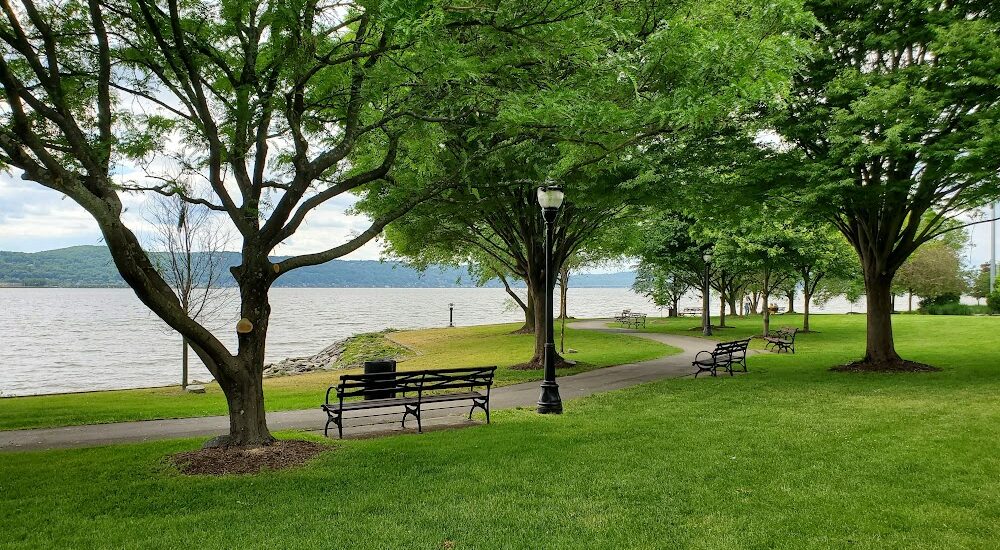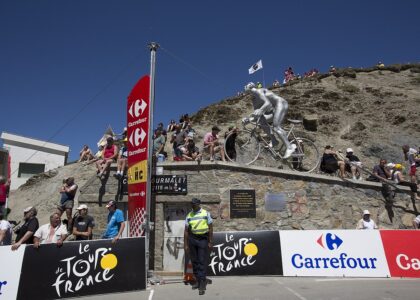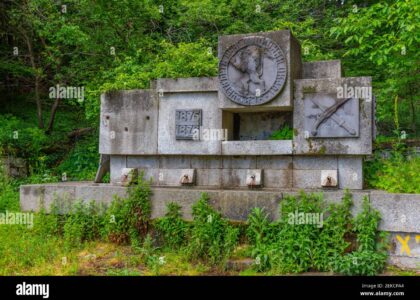Welcome to Scenic Hudson Park in Irvington, New York, a place with a rich history tied to environmental conservation and community collaboration. Established in 2001, this park is a testament to the power of community activism and environmental consciousness. The land where the park now sits was once a contaminated industrial site, poised to become a large housing development. However, the people of Irvington, with the help of Scenic Hudson, a prominent environmental organization, stepped in to preserve this beautiful space along the Hudson River.
The park’s creation is rooted in Scenic Hudson’s mission, which began in 1963 when the organization was formed to protect Storm King Mountain from industrial development. This was one of the first major victories in the modern environmental movement, establishing the right of citizens to challenge projects that threaten the environment.
Scenic Hudson Park was made possible through a collaborative effort involving Irvington’s village officials and local residents. The village’s determination to prevent the waterfront from becoming a housing development led to extensive public meetings and negotiations. In a groundbreaking move, the park was developed through New York State’s first brownfield remediation program grant, transforming the contaminated land into a safe and inviting public space.
Today, the park is not only a place for recreation and relaxation but also a symbol of successful environmental activism. It features two ballfields, a senior center, and offers stunning views of the Hudson River. The park has hosted events such as River Day, celebrating the 400th anniversary of Henry Hudson’s voyage. Visitors can enjoy the scenic vistas, historical reenactments, and community events, making it a beloved part of Irvington’s cultural and social life.
The park also serves as a living history lesson, with memorial plaques and trees that commemorate local figures and families, connecting the past to the present. Notably, the park is part of a community-wide effort to honor local history and the individuals who have shaped it.






